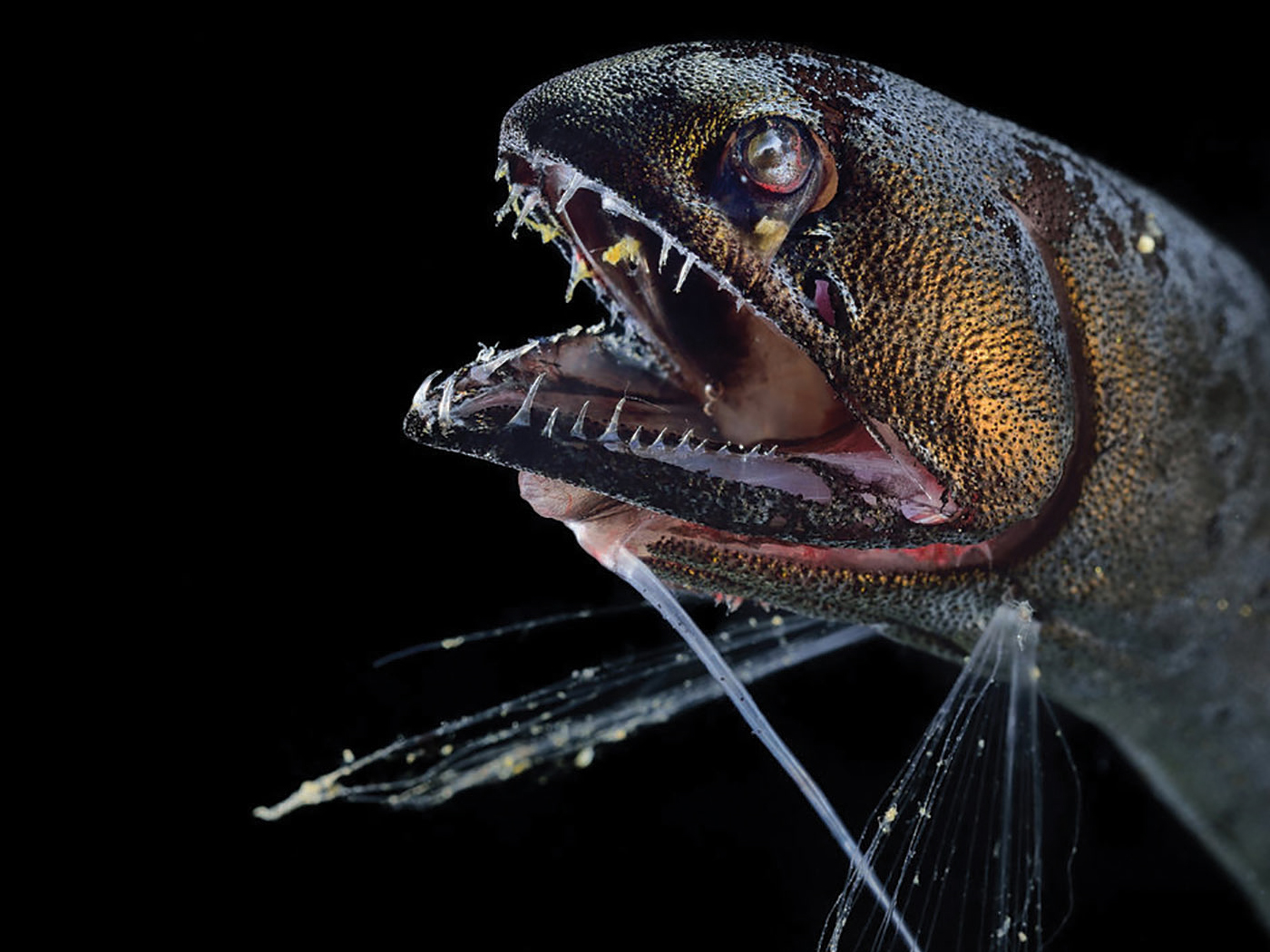A research team recently discovered an ancient winepress very near Mount Ararat, the historically held resting place for Noah's Ark. Could this site be related to the winery Noah founded in Genesis 9?
According to Scripture, one of Noah's first post-Flood activities was to plant a vineyard and make wine. Since planting, cultivating, harvesting, and processing grapes takes time, a span of at least a few months must have occurred between his leaving the Ark in verse 18 and the events recorded in verse 20. This would have allowed plenty of time to travel the roughly 50 miles from Mount Ararat to the site of the winery near Areni, Armenia.
The winery is "similar to presses utilized as recently as the 19th century." It included "a grape press, fermentation vats, storage jars, wine-soaked pottery shards and even a cup and drinking bowl."1 The researchers, led by University of California, Los Angeles scientists, also found withered grape stems and seeds, as well as the signature plant chemical, malvidin, that gives red wine its color.
They published their finds in the Journal of Archaeological Science and cited "evidence supporting the hypothesis that wine was produced in the Near Eastern highlands"2 during that region's Copper Age, which is an indistinct time period spanning the transition between some Stone and Bronze Age remains that have been found there.3 The Los Angeles Times reported, "The ancient winery is at least 1,000 years older than any similar installation previously known."1
Nobody knows if Noah was familiar with this particular winery. But both Scripture and archaeology concur that the world's most ancient known winepress operations were located in the same region, near the landing zone of Noah's Ark.
References
- Maugh II, T. H. Ancient winery found in Armenia. Los Angeles Times. Posted on latimes.com January 11, 2011, accessed January 11, 2011.
- Barnard, H. et al. Chemical evidence for wine production around 4000 BCE in the Late Chalcolithic Near Eastern highlands. Journal of Archaeological Science. Published online before print, November 30, 2010.
- The evolutionary date assignments given to Copper Age deposits are not reliable, but there are evidences of the common use of copper in times past. For more on interpreting past "ages," see Sherwin, F. and B. Thomas. 2009. Understanding Evidence for the Biblical Timescale. Acts & Facts. 39 (4): 16-17.
* Mr. Thomas is Science Writer at the Institute for Creation Research.
Article posted on January 20, 2011.











